
When is a ton not a tonne?
The units of measure known as ton and tonne can cause confusion for authors and editors alike. Both are units of mass; however, they do not describe the same unit of mass. Let’s take a look at each unit, and learn a bit of their history, as this will help to distinguish between the two.

Maths equations, as easy as pi
Many editors will come across maths equations in their work. Knowing what the parts of an equation are, and whether to italicise the letters within the equation, will simplify the editing process and enable you to use correct terminology when writing comments to the author.
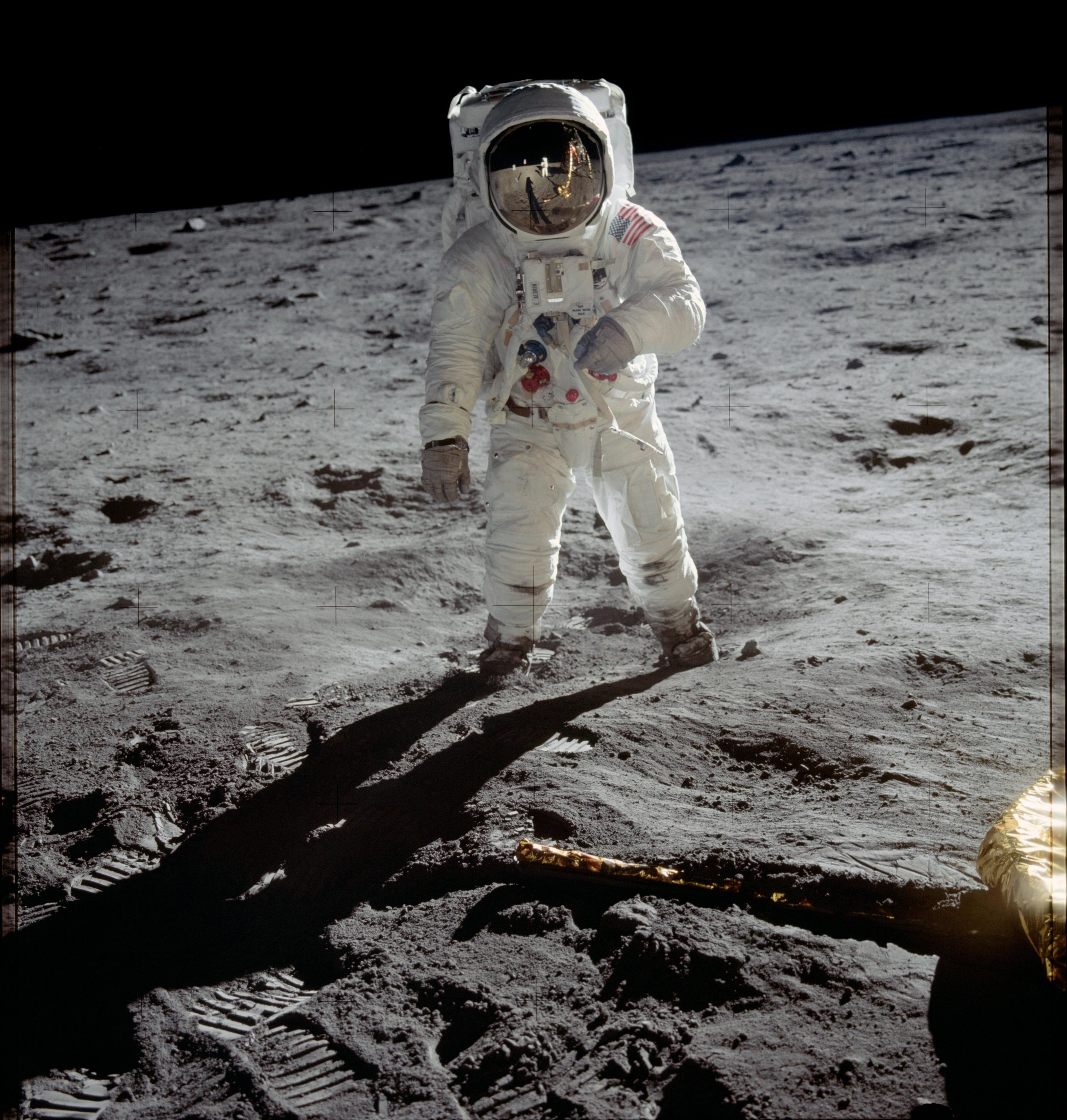
The rest is history
Authors often confuse the adjectives historic and historical. Unfortunately, these words are not interchangeable, but understanding when to use one word over the other is relatively easy. Use of the indefinite article “a” or “an” before words that start with an “h” is a bit more difficult to explain, and many people have strong feelings about which is correct.

Dash it all!
Hyphens and dashes always seem to cause confusion in manuscripts. The simple rule is that hyphens are a type of word punctuation and dashes (or rules) are used for sentence punctuation.

Referencing styles
Many research authors have their journal papers returned with the comment: “Please adhere to the journal style for referencing”. What does this mean, and how can an author better prepare their references according to a particular referencing style?
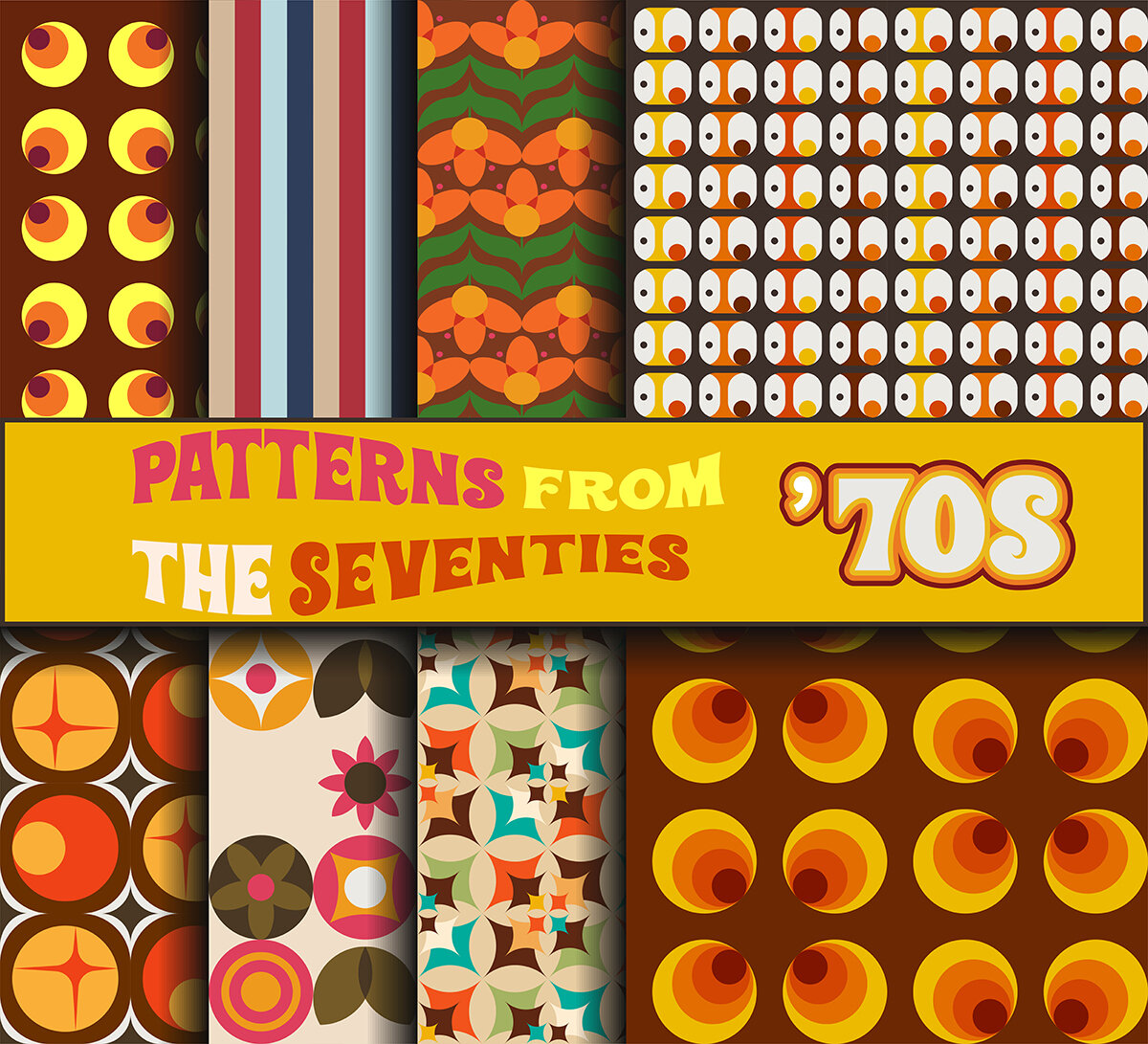
Editing numbers
Dates can cause a lot of issues in scientific writing. Here we will focus on just one aspect of writing dates: decades.
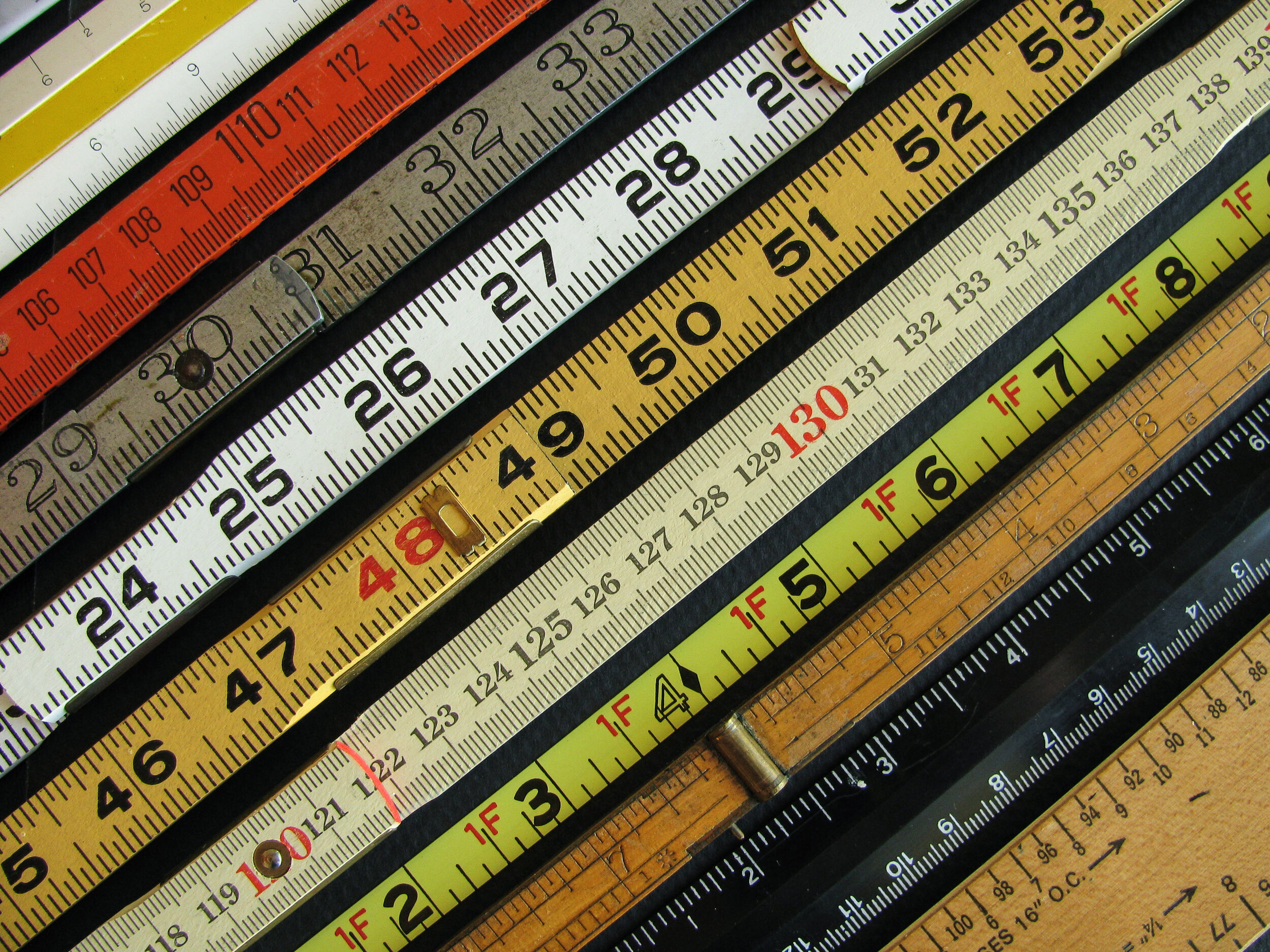
Editing numbers
The International System of Units (SI, after the French Système International d'Unités) was created by the International Bureau of Weights and Measures (BIPM) in 1875 to create a worldwide unified system of measures.
There is often confusion about whether SI units, and their derived units, are singular or plural.
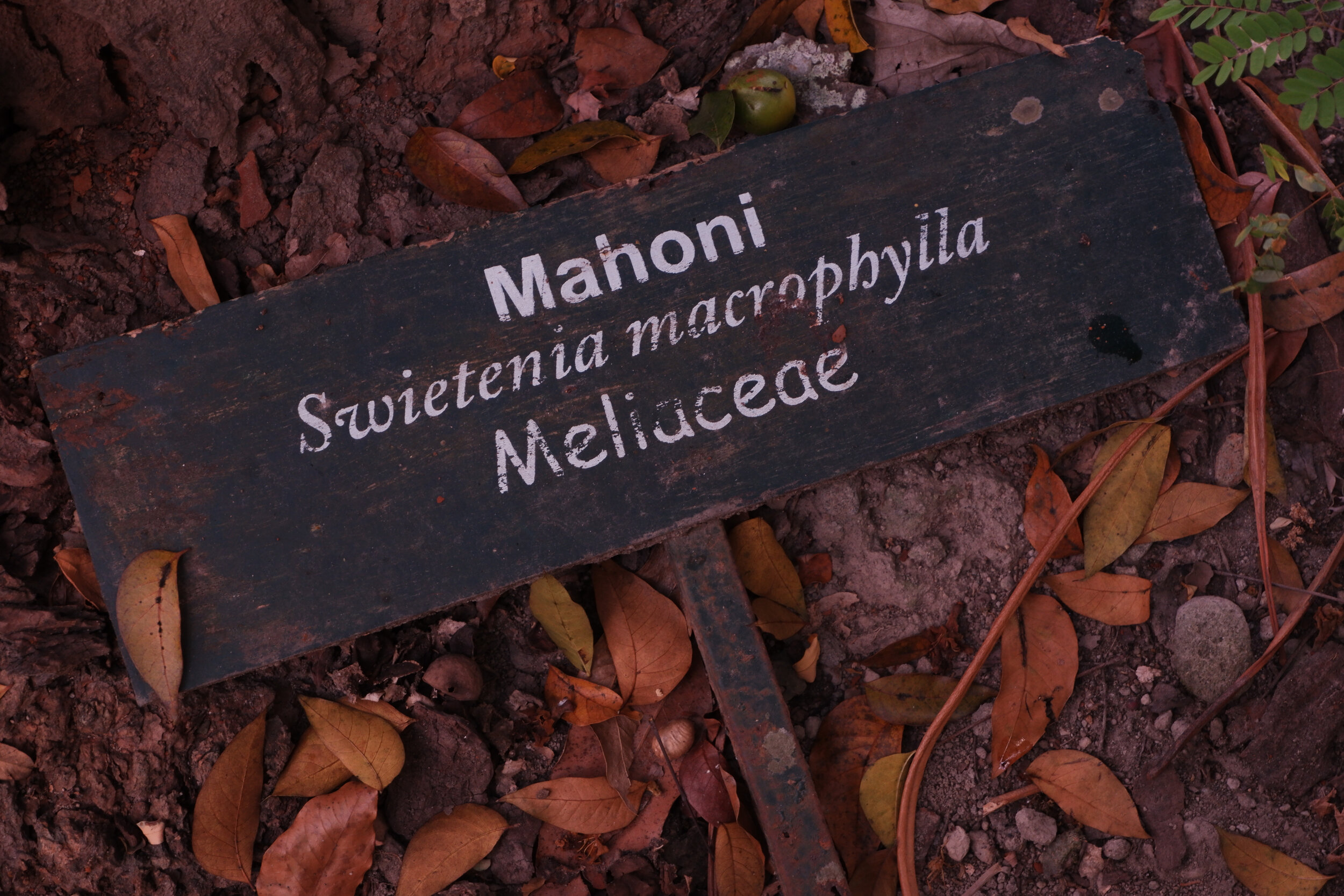
Vernacular names of plants and animals
The vernacular name of a plant or animal is also known as the ‘common’ name. The common name is often used alongside the Latin, or scientific, name. However, many authors are unsure about when to capitalise common names and if italics need to be used.

Editing numbers
Something I often query in scientific reports is the difference between ‘percentage’ and ‘percentage point’. These two terms are fundamental to statistical analyses, so it is good to have a solid understanding of what they mean and how to calculate them. Understanding ‘percentage change’ is also helpful. In this post, I explain all three concepts using examples.


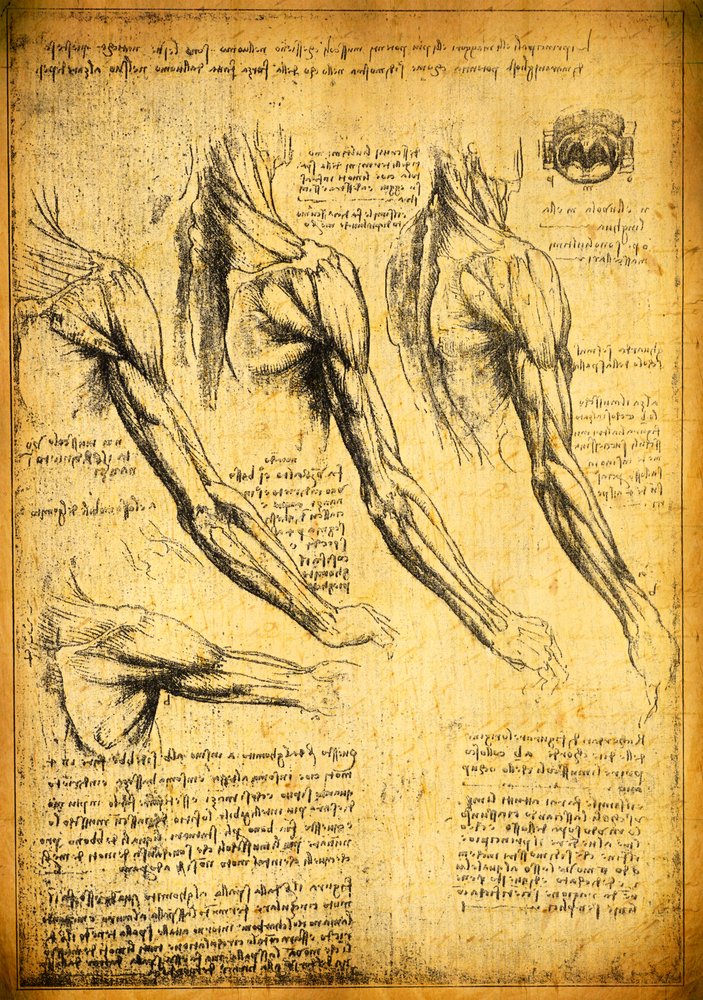
Bothersome backsides and other photo failures
Most clients see editors as word experts and expect an editor’s brief to begin and end with the words on a page. However, editors also have a role to play in helping to check and refine the photography that accompanies a written piece. There are a number of things an editor may look for in photography, including checking for unexpected content and assessing if the photograph is suitable for the publication.
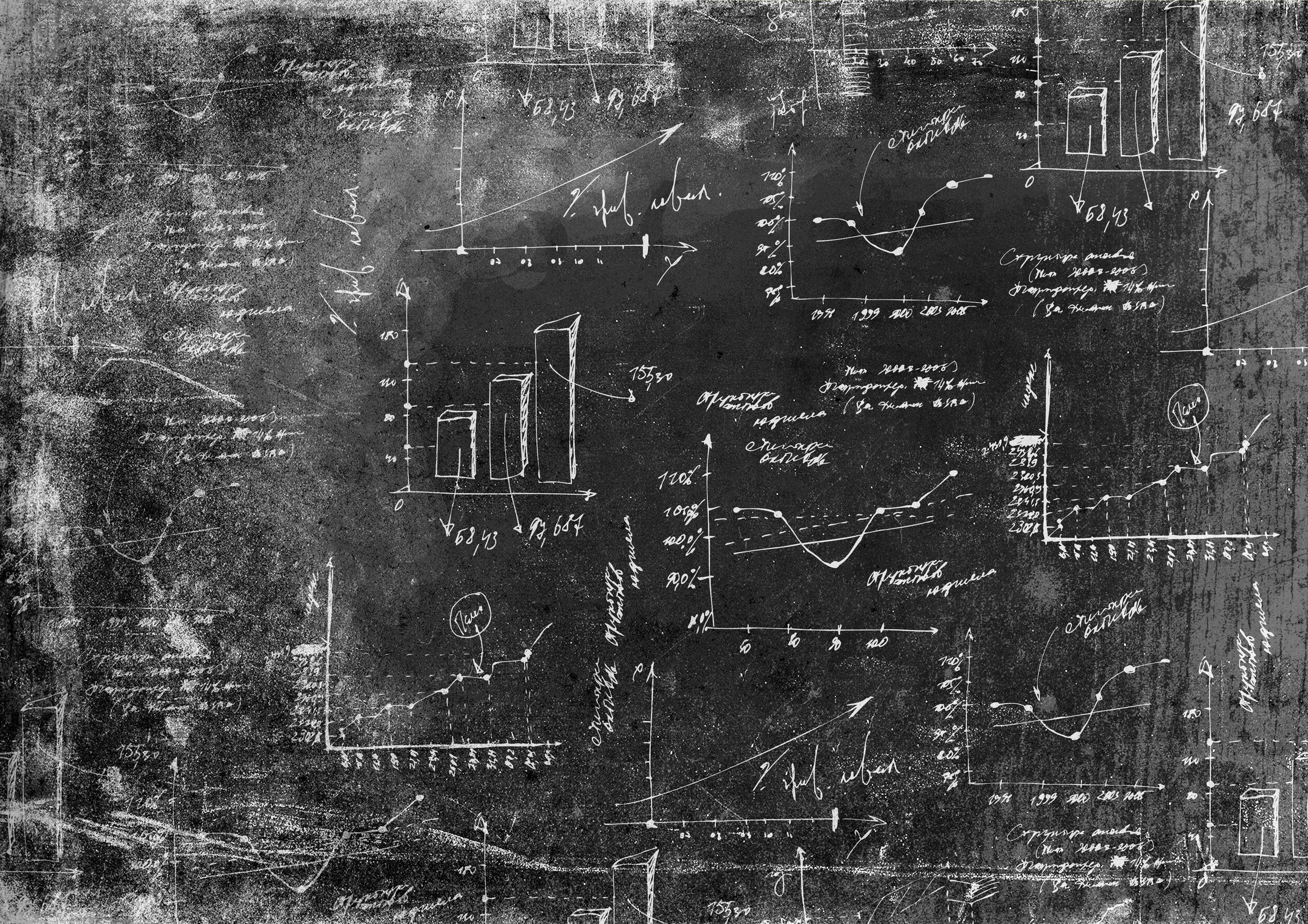
Great graphs
A great graph can illustrate a point more succinctly than words. It can demonstrate the author’s intimate knowledge of their subject and persuade a reader by helping them understand the concepts it illustrates.
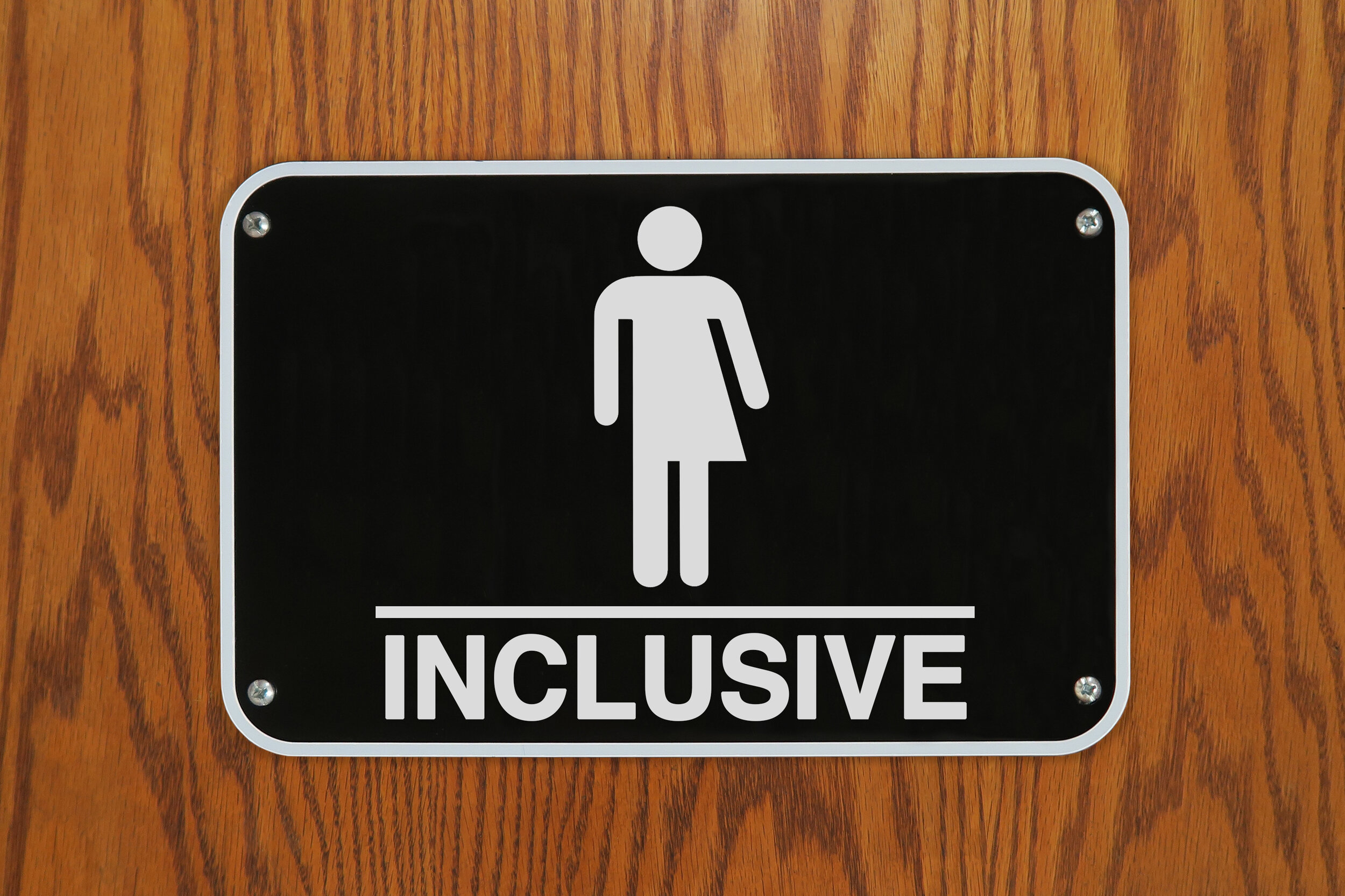
The chairman took her seat, and other gender gaffes
As times change, so do the norms for expressing gender in writing.
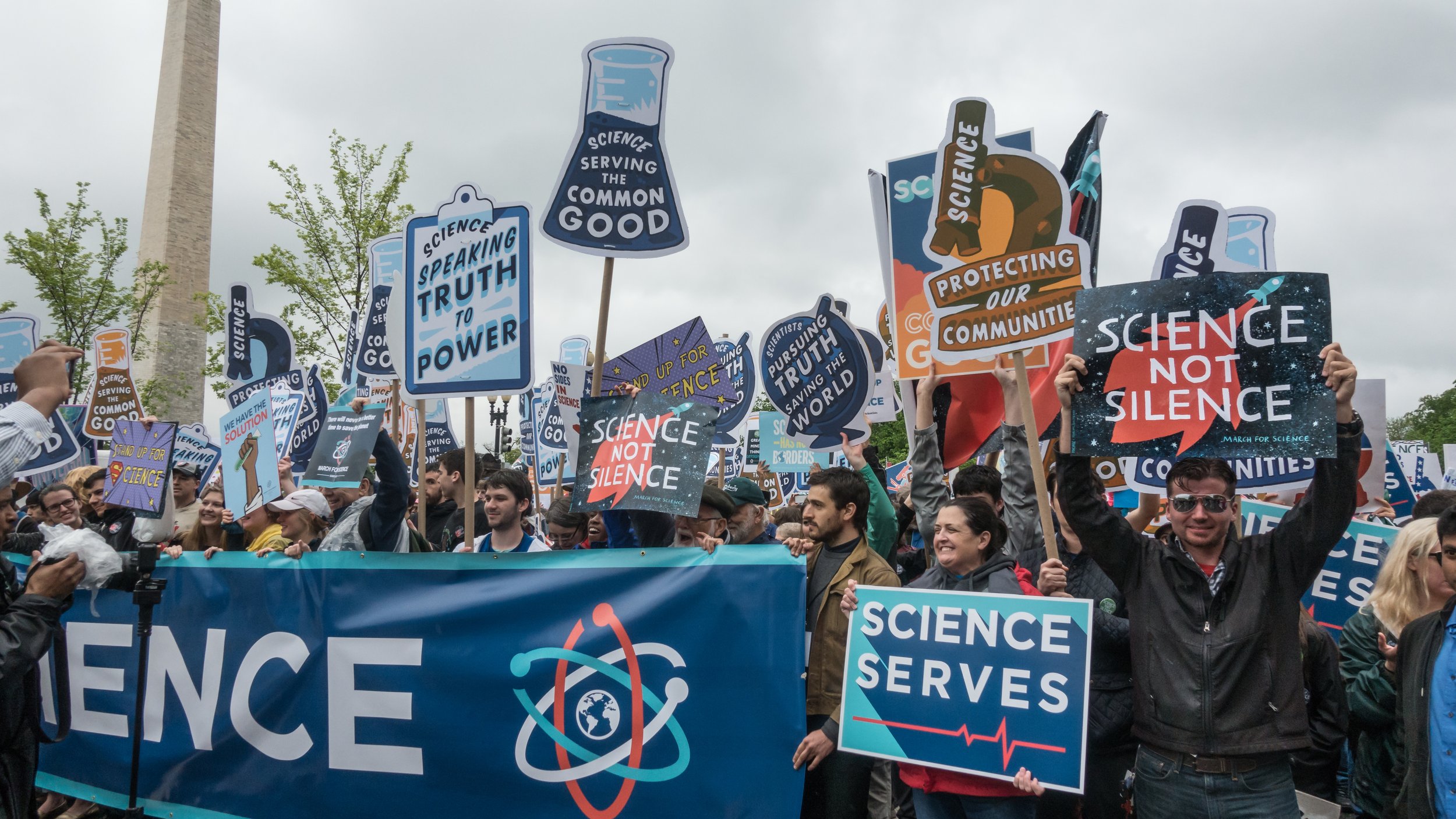
Why nobody believes your science
Communicating scientific ideas effectively is a really hard gig. From science sceptics to science lovers, it all comes down to how people respond to and process evidence.

Editing, self-editing and engaging a professional editor
One of my favourite parts of being a science editor is being able to speak to audiences about what I do, and about editing in general.
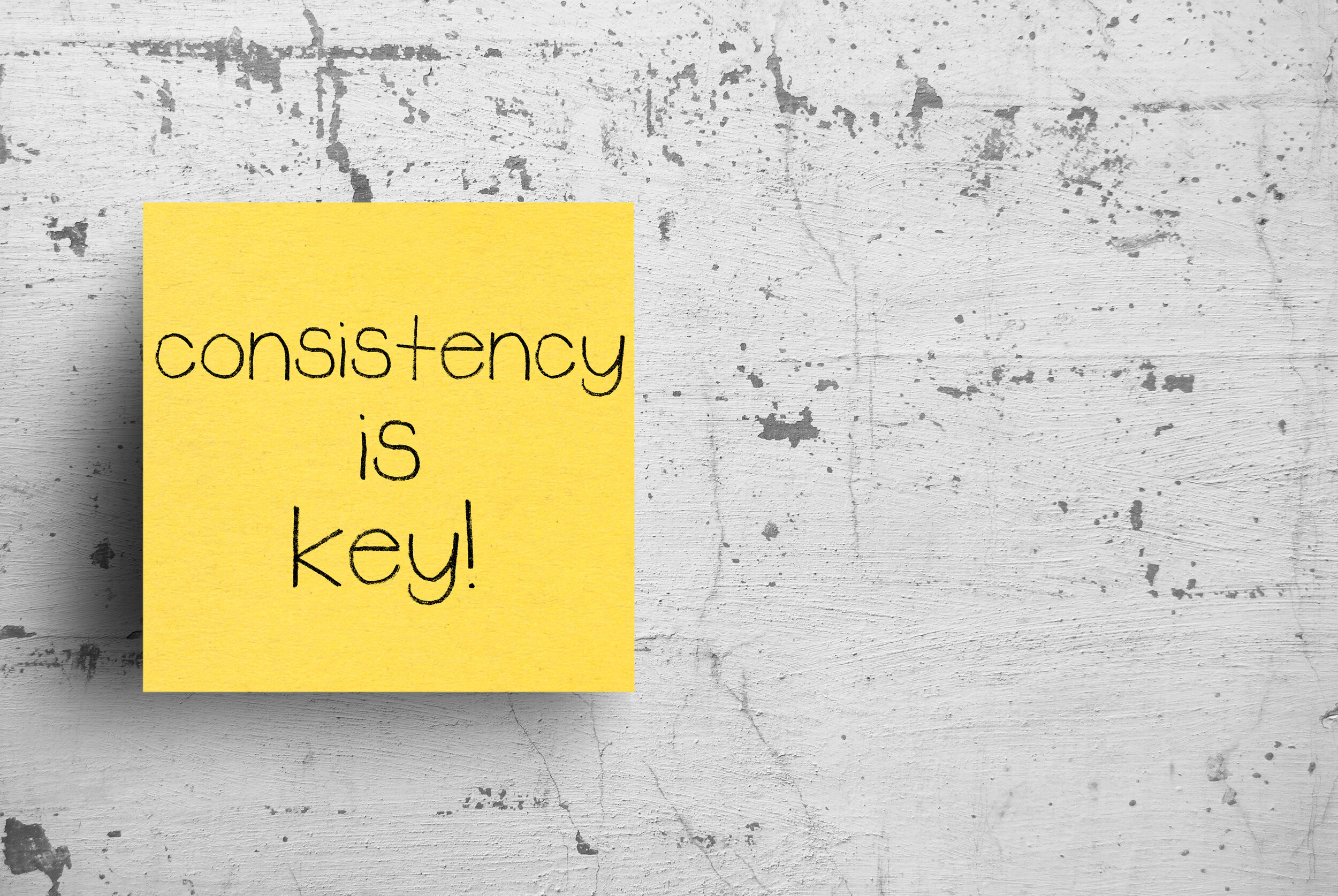
Tools that editors use
One of the questions I often receive from clients is ‘How can I reduce the cost of editing?’. Another question is usually, ‘Why didn’t I catch that mistake before I sent it to you?’. Editors read through a document a number of times, each time concentrating on a specific set of corrections. We also use a number of tools to aid us in our editing tasks. PerfectIt is one such tool.

Inclusive and accessible publishing
Inclusive and accessible publishing is the creation of published material that is designed to be accessible to everyone. Many clients mistake inclusive publishing as being just for people who are blind or who have vision impairments. But inclusive publishing is about so much more. It is also for people with a range of impairments – including physical, cognitive, sensory, learning and psychosocial disability.

Yes, and…
In December 2019, I participated in a one-day course at the Alan Alda Center for Communicating Science in New York. The course was called ‘Power Connection: Reshaping the Future for Women in STEM’. The focus was not just on communicating science. It also addressed challenges that female researchers might face in their scientific careers by using the acting method of improvisation as a tool to improving skills such as persuasion, negotiation, listening and presence.

Understanding shortened forms
There is one thing that isn’t in short supply in scientific, technical and government writing and that’s shortened forms. Whether acronyms, abbreviations, initialisms or one of several other types of shortened forms, writers often struggle to work out how to use them correctly.